I wanted to build an outboard boat that would be fun to use in Florida, something eye-catching and different. I had always been drawn to classic runabouts, particularly the Chris-Crafts I see in more northern waters. While they are mostly inboard-powered, outboard motors are easier to maintain in Florida’s exceptionally saline waters. The Chesapeake Light Craft (CLC) Rhode Runner was just what I was hoping to find. It’s a kit-built outboard runabout in the classic Chris-Craft style of the 1950s. With bright-finished mahogany and faux planked foredeck, it exudes elegance and prestige and would stand out among the fiberglass boats on my Sarasota waterways. With its bright-finished mahogany and faux-planked foredeck, the Rhode Runner is a modern take on a vintage Chris-Craft runabout. There is plenty of storage space under the recessed deck between the transom and the rear seat, which is hinged to provide access.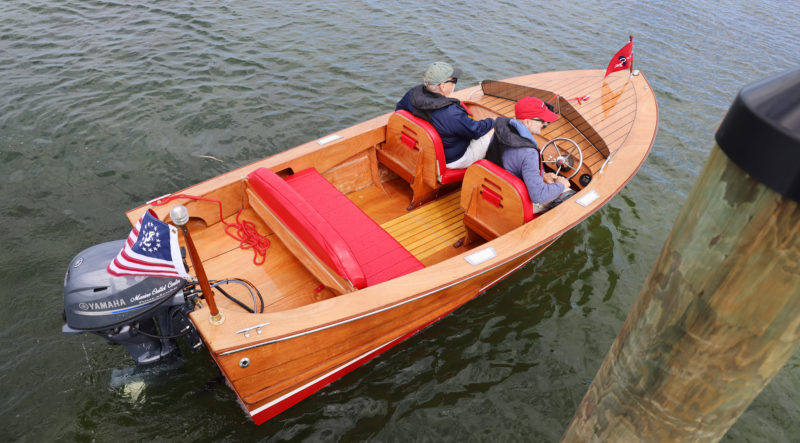 Rob Wucki
Rob Wucki
Join The Conversation
We welcome your comments about this article. To include a photo with your remarks, click Choose File below the Comment box.

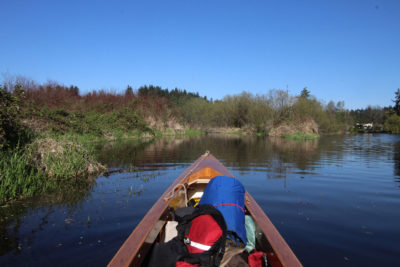
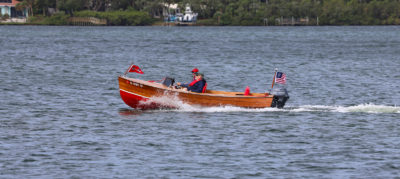
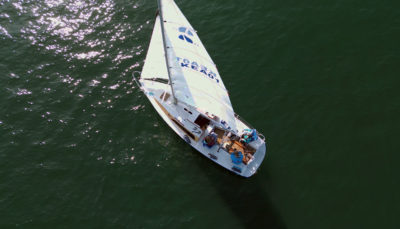
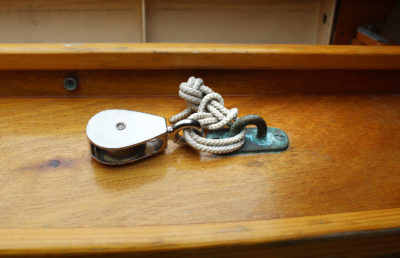
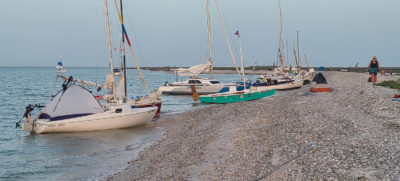
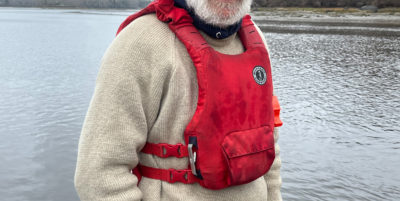
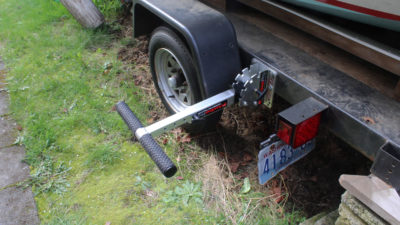
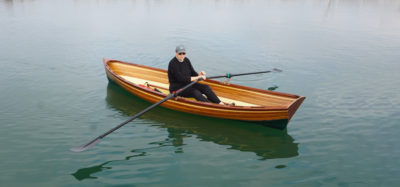
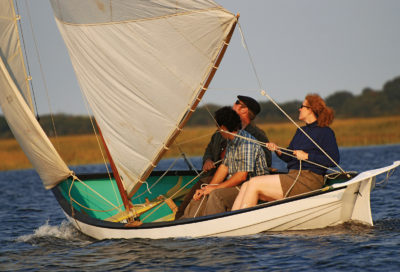
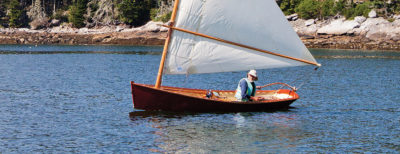
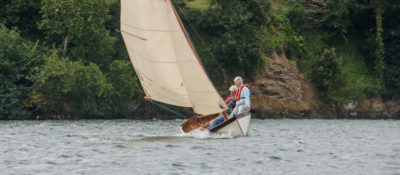
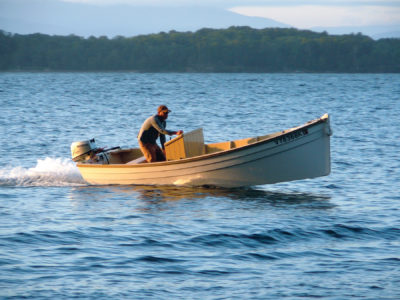
Nice looking boat, reminds me of our 1959 Sorg 15, similar to the Lymans of the day. The Rhodes has a nice hull shape for those Florida waters, she’ll handle some chop.
Great job!
Cheers,
Clark and Skipper
Thanks, Kent. She rides really well in all kinds of waters. We don’t have a lot of these styles down in Florida and it is sure to turn heads. If you ever want a solid runner, she is easy to build and Chesapeake Light Craft helps out with questions and answers.
Thanks for your comment
Bob
My query is really just a minor nit, but I question the use of copper wire for the pre-glue stitching. I realize CLC specified this for their kayak kits, the idea being that the protruding wire on the exterior would be ground off, and the inside wire would be poked down into the chine, but I objected to that on a couple of grounds; first, that after gluing, the wire would provide virtually zero strength, and second, that the interior wire would make a lumpy job of the glass tape at the chine.
The Pygmy kayaks I have built (alas, they are no more) specified iron wire, which was to be removed after gluing. The glued joints are so strong that the wire serves no further function, and is quickly and easily removed. The resulting chine taping is easier and makes for a neater job.
Incidentally (and I may have commented on this previously), both convex and concave areas to be glassed, such as at stem ends, will be much easier and result in a better finish if one uses bias tape. I make my own (I doubt whether it can be bought), by laying a 4′ ruler diagonally across a sheet of cloth and cutting with a razor knife. I like to make mine about 4″ wide. The resulting strip of cloth conforms beautifully over both convex and concave shapes. I’ve seen many instructions and illustrations for glassing such areas that call for cutting gores in the tape, and overlapping the resulting flaps, which then have to be ground down to make them smooth.
An odd behavior of bias tape is that it can be stretched lengthwise, which makes it narrower, or manipulated to become wider, which makes it shorter.
I had a 14’ Trojan built in 1952. It had both forward and rear faux decking and lots of chrome. It was pushed by a 40 hp Merc probably at about 30 knots. It had seating capacity for six, although four was the most I had in it. I quit using it and it dry-rotted on the trailer and I left it in my barn when I sold the place.